so you want to have a vegetable garden
OklaMoni
14 years ago
Related Stories

MOST POPULARHow to Start a Cool-Season Vegetable Garden
Late summer and late winter are good times to plan and plant cool-season crops like salad greens, spinach, beets, carrots and peas
Full Story
GARDENING FOR BUTTERFLIES3 Ways Native Plants Make Gardening So Much Better
You probably know about the lower maintenance. But native plants' other benefits go far beyond a little less watering and weeding
Full Story
EDIBLE GARDENS8 Surefire Vegetables and Herbs for Beginning Gardeners
Learn the edible plants that are popular and easy to grow in a backyard or container garden
Full Story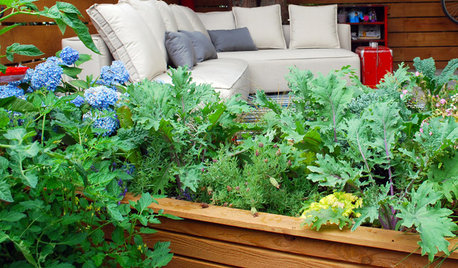
GARDENING GUIDESStep Right Outside for Fresh Herbs and Vegetables
Decks and patios can be convenient spots for edibles, and sometimes they even offer advantages over backyard gardens
Full Story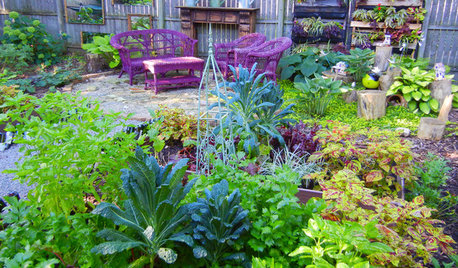
GARDENING GUIDESShades of Vegetable Gardens: Growing Edibles in Less Sun
See how one gardener produces a veritable feast of vegetables and herbs under a canopy of shade
Full Story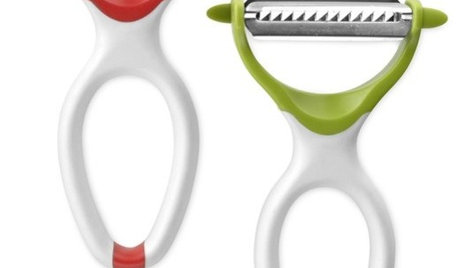
12 Vegetable Peelers to Make Quick Work of Your Garden Bounty
Steel yourself: These ergonomic and modern-looking tools bear little resemblance to the one-note peelers of the past
Full Story
FARM YOUR YARDAdvice on Canyon Farming From L.A.'s Vegetable Whisperer
See how a screened garden house and raised beds help an edible garden in a Los Angeles canyon thrive
Full Story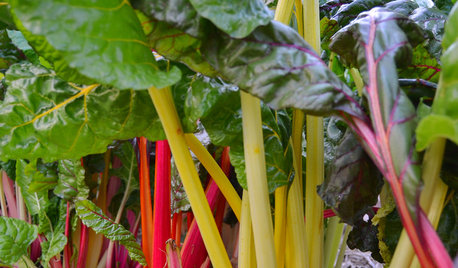
GARDENING GUIDESCool-Season Vegetables: How to Grow Chard
A year-round garden favorite with a colorful stem, Swiss chard comes into its own in early spring and in fall
Full Story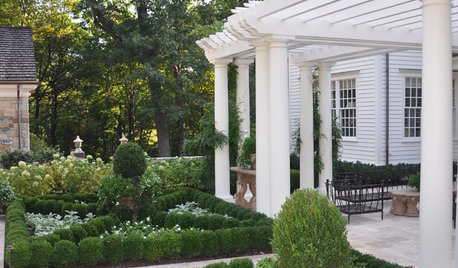
GARDENING AND LANDSCAPINGCream-of-the-Crop Vegetable Gardens
Both trendy and traditional, these inspired potager designs turn the everyday vegetable garden into art for your landscape
Full Story
EDIBLE GARDENSGarden BFFs? Why Your Vegetables Are Begging for Companion Plants
Foster friendships among plants for protection from pests, pollination support and color camaraderie
Full Story


Macmex
shekanahh
Related Discussions
Have: Vegetable Seeds Want: Other Vegetable Seeds
Q
WANTED: have: heirloom vegetables want: flowers
Q
cheap. gardener.. wants vegetable garden
Q
So many vegetable garden woes
Q
gldno1
Okiedawn OK Zone 7
OklaMoniOriginal Author
Okiedawn OK Zone 7
OklaMoniOriginal Author
elkwc
Okiedawn OK Zone 7
soonergrandmom
Okiedawn OK Zone 7
soonergrandmom
elkwc
Okiedawn OK Zone 7
soonergrandmom
Okiedawn OK Zone 7
shekanahh
Okiedawn OK Zone 7
elkwc
shekanahh
Okiedawn OK Zone 7
elkwc
shekanahh
soonergrandmom
Okiedawn OK Zone 7
bettycbowen
Okiedawn OK Zone 7
soonergrandmom